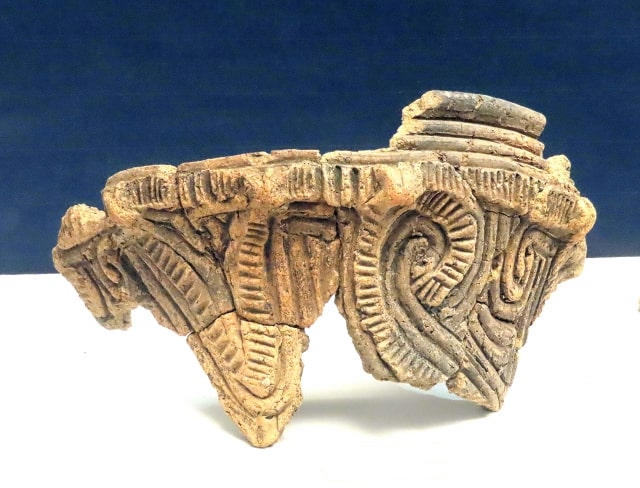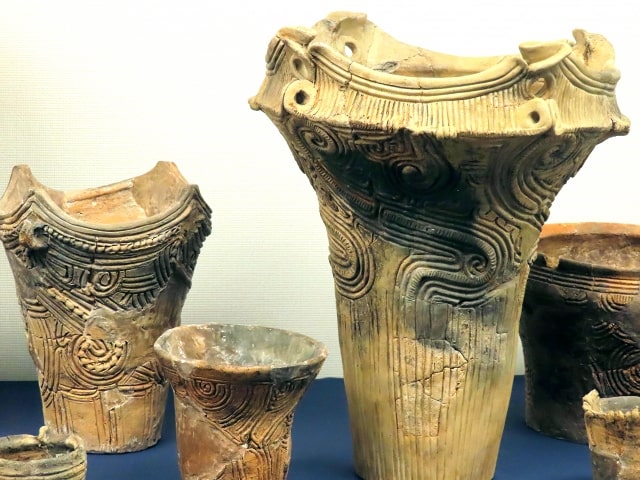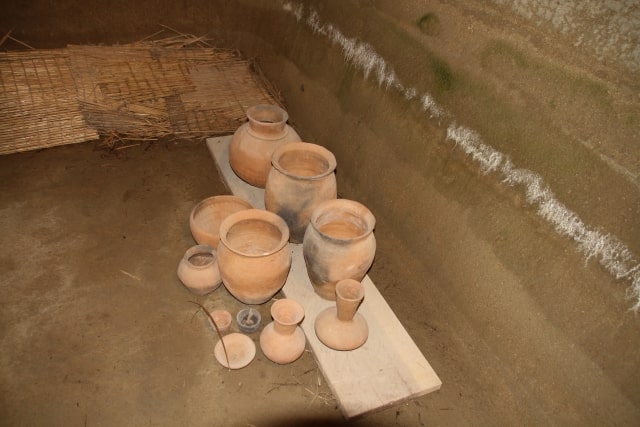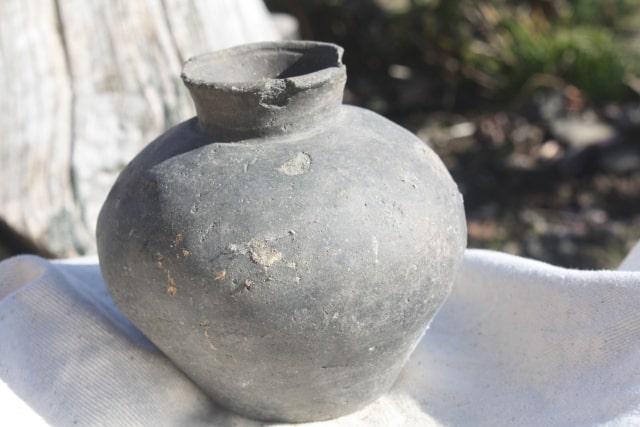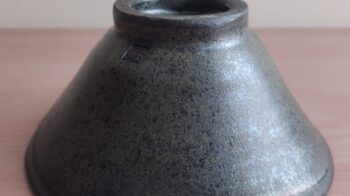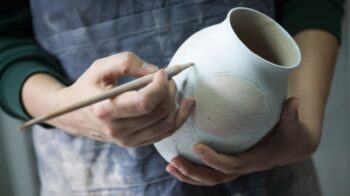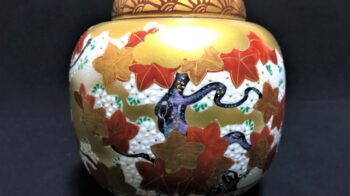History (pottery)
Let’s learn about the history (pottery) in Japan.
It is not too much to say that Japanese pottery has maintained the world’s highest quality since ancient times, that is to say, the Jomon period (12,000 years ago).
Therefore, it is quite interesting to have a look around the profound world of history (pottery) in Japan.
Jomon period (*10,000 B.C.-300 B.C.)
*There exist many theories concerning both the starting and ending year of the Jomon period.
Originally, they made pottery (maybe the word “earthenware” is better to describe the object) using clay mixed with pebbles and sand.
After decorating with patterns, they fired it on flat or hollow ground at the temperature of 600-900°C.
Surprisingly, they used ropes to give distinctive decorative patterns on their works and this fact was the origin of the name for this period: Jomon (縄文). Jo (縄), which is also pronounced as nawa, means ropes. On the other hand, mon (文) means patterns.
Their designs prove that the concept of art already existed as far back as 4,500 years ago.
Among their richly decorated vessels, the works with flame-like ornamentation are thought to have been used in rituals.
Taro Okamoto, Japan’s leading avant-garde artist of the 20th century, is a well known lover of Jomon pottery.
Yayoi period (*400 B.C-300 A.D.)
With the start of rice agriculture, ornamentation gradually disappeared. Instead, they began to create the earthenware to satisfy the practical needs in their daily life. To meet their demand, they invented a new technique to cover the fireplace with earth. By being covered, the fireplace can keep high temperature for a longer time to create thinner and stronger earthenware.
From the 3rd century onwards, unglazed hazel-colored earthenware known as “Haji-pottery” widely pervaded all over Japan. Because it was quite useful as a cooking pot or storage container (except for liquid).
By the way, the theory widely accepted is that Japan established itself as a nation during the Yayoi Period.
*There exist many theories concerning both the starting and ending year of the Yayoi period.
Kofun period (*3th-7th century A.D.)
In the 5th century, with a new technique introduced from the Korean Peninsula, they began to make stoneware in kilns at around 1,200°C, using iron-rich clay. Thus, “Sue-pottery”, gray stoneware with a runny green ash glaze, emerged.
Different from Haji-pottery, Sue-pottery had high water retaining capacity and was ideal to stock liquid, such as sake, ancient soy sauce.
But Haji-pottery and Sue-pottery were equally used, serving different uses. They used Haji-pottery as cooking pots and dishes for everyday use, on the other hand, Sue-pottery for storing and dishes for special occasions, including religious rituals.
*There exist many theories concerning both the starting and ending year of the Kofun period.
After Kofun period
By the second half of the 7th century, they began to refine the clay and remove impurities in it.
In addition, artificial glazes were applied to produce green-glazed works.
Later, in the 8th century, not only green, but also yellow and blown glazes came to be used to make three-color glazed earthenware.
However, it would take nearly another thousand years for porcelain, which requires a high level skill, to be produced in Japan. It began with people who immigrated from the Korean Peninsula in the early 17th century.
For detailed information about porcelain
⇒visit “Pottery and Porcelain“

